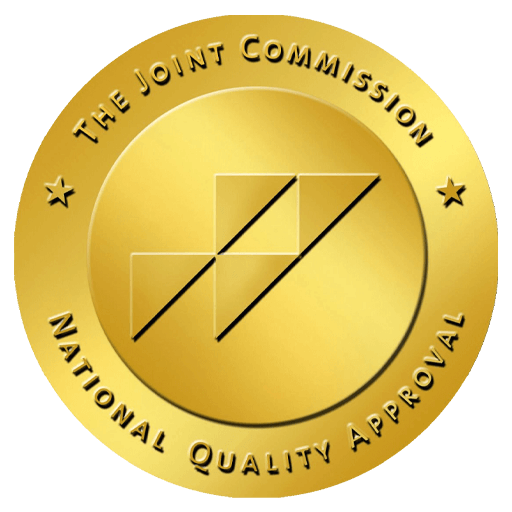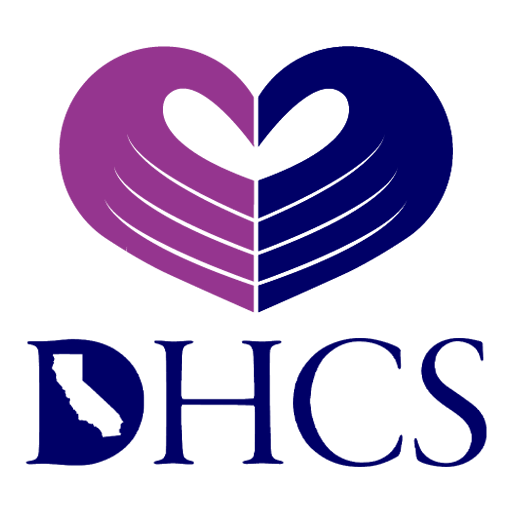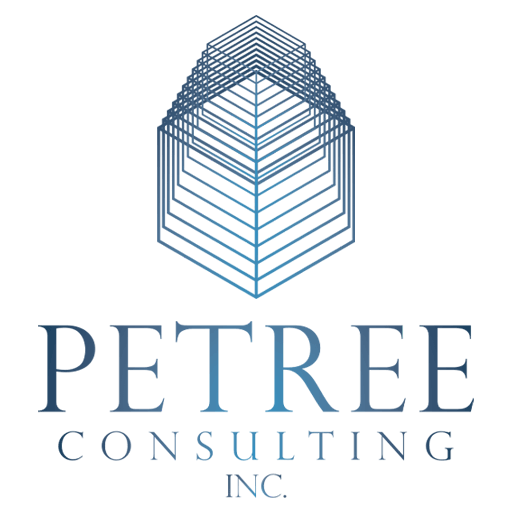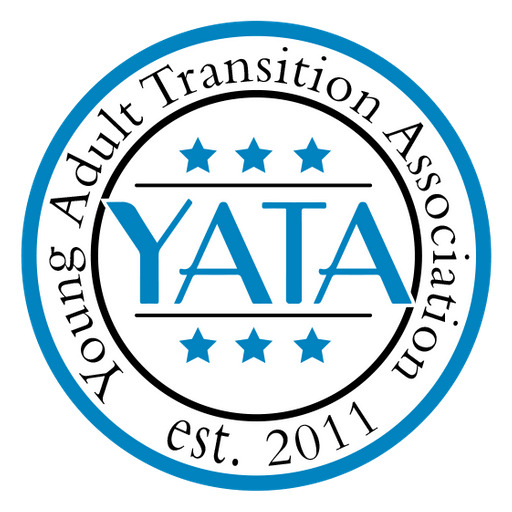What is the focus of PHP rehab programs, and how do they fit into the larger addiction treatment framework?
PHP, or Partial Hospitalization Programs, are designed to offer intensive treatment for individuals with substance abuse issues who need structure but do not require 24/7 residential care. These programs provide a middle ground, offering rigorous therapy sessions while allowing participants to return home in the evenings. This can be particularly beneficial for those who have work or family commitments and need a flexible treatment schedule.
PHPs focus on integrating various therapeutic approaches, such as individual counseling, group therapy, and educational workshops, to address both addiction and any underlying mental health concerns. By focusing on dual diagnosis treatment, PHPs target the root causes of substance use, paving the way for holistic recovery. This approach can dramatically reduce relapse rates and improve long-term outcomes.
Have you ever wondered how a program like this could impact your or a loved one’s journey to recovery? Feel free to share your thoughts or questions.
Why is a personalized approach crucial in PHP rehab, and how does it differ from other treatment methods?
Personalization in rehab is key because every individual’s journey with addiction is unique, influenced by their personal history, mental health status, and social circumstances. Unlike one-size-fits-all models, personalized PHP rehab programs adapt to the specific needs of the client. This means tailoring therapy modalities, such as cognitive-behavioral therapy or motivational interviewing, to effectively resonate with the individual’s experiences and challenges.
For instance, someone battling both addiction and anxiety might benefit from integrating mindfulness practices into their treatment plan, while another might focus on art therapy to explore trauma. This flexibility not only makes therapy more effective but also more engaging for participants, reinforcing their commitment to recovery.
Has personalized treatment made a difference in your experience with recovery? Share your story or ask questions to learn more about this approach.
How do success stories from PHP rehab programs inspire future clients, and what can be learned from them?
Success stories serve as powerful testimonials to the effectiveness of PHP rehab programs. They provide real-world examples of transformation, offering hope and motivation to those just beginning their recovery journey. Each story underscores the role of tailored, empathetic care in achieving sobriety and mental clarity.
Take John, for example, whose triumph over alcohol addiction was facilitated by addressing his underlying anxiety disorder. Or Maria, who overcame opioid dependency through community support and individual therapy. These narratives demonstrate that recovery is possible and that no challenge is insurmountable with the right support system. By sharing these stories, we aim to encourage others facing similar struggles to take that crucial first step toward recovery.
Do these stories resonate with you, or do they inspire you to think about your own recovery or support journey differently? We’d love to hear your thoughts.
How are innovative therapies like neurofeedback and art therapy integrated into PHP rehab, and what benefits do they offer?
Innovative therapies are continuously being integrated into PHP rehab programs to enhance treatment outcomes. Neurofeedback, for example, uses real-time monitoring of brain activity to teach clients self-regulation skills, which can lead to improved focus and reduced symptoms of anxiety and depression. This approach can be particularly beneficial for clients who have not found success with traditional therapy methods.
Art therapy provides a non-verbal outlet for expression, allowing individuals to process emotions and trauma creatively rather than conversationally. This can be especially helpful for those who struggle to articulate their experiences orally. Meanwhile, mindfulness practices, which include meditation and yoga, equip clients with tools to manage stress and prevent relapse, facilitating a more rounded recovery.
Have you experienced or considered trying these innovative therapies? We’d be interested in hearing how they have made an impact.
What factors determine the cost of PHP rehab, and how can individuals manage these expenses?
Costs for PHP rehab can vary widely based on the duration, specifics of the program, and geographical location. However, many facilities strive to make their services accessible by offering various payment options. Insurance coverage often plays a significant role, and clients are encouraged to verify their benefits and explore financial support with the rehab’s advisors.
Some facilities also offer sliding scale fees based on income, enabling more individuals to access the care they need. While the initial cost might seem daunting, investing in a PHP rehab program can lead to significant long-term benefits, including sobriety and improved quality of life that far outweigh the financial burden.
Are you or someone you know struggling with the costs of rehab? What questions do you have about navigating these financial barriers to access necessary treatment?
What are the common challenges faced during PHP rehab, and how can they be overcome?
Entering a PHP rehab program can present several challenges, including adapting to the structured environment and coping with emotional and physical changes associated with sobriety. Initial resistance is common, but it can be mitigated through the support of experienced staff who understand these barriers.
Another hurdle can be managing external factors like family dynamics or stressors that could impact recovery. Addressing these through family therapy and providing resources for managing external influences is crucial for sustained recovery. Through patience, open communication, and targeted interventions, these challenges can be effectively addressed.
Have you encountered similar challenges in rehab? How did you or how do you plan to navigate them? Share your insights or ask for advice on overcoming these obstacles.











